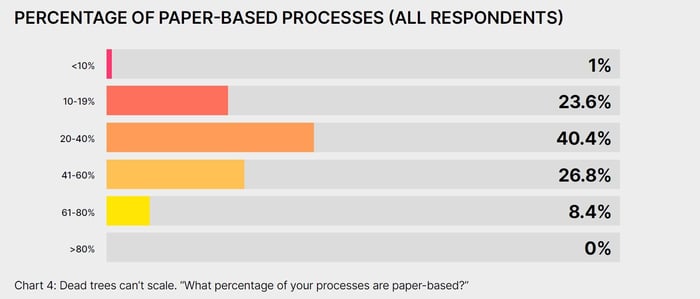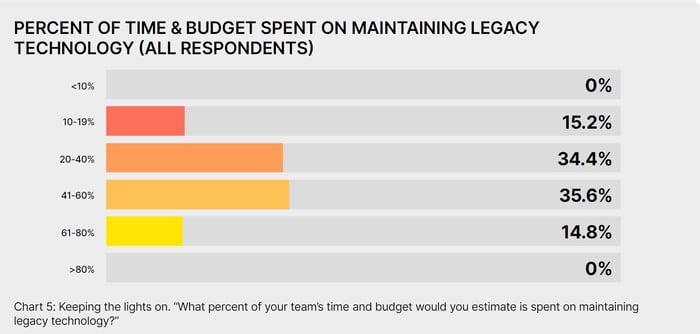RELATED NEWS

AI tool digitises paper records to cut council planning delays
1 min read

Accelerating digital transformation in the UK public sector
8 min read

Digital, data & technology skill shortage impacts 81% of organisations
1 min read

Department for Education sets transformative data, technology strategy
2 min read




